Home>Furniture & Design>Interior Design Trends>What Is Acoustic Glass
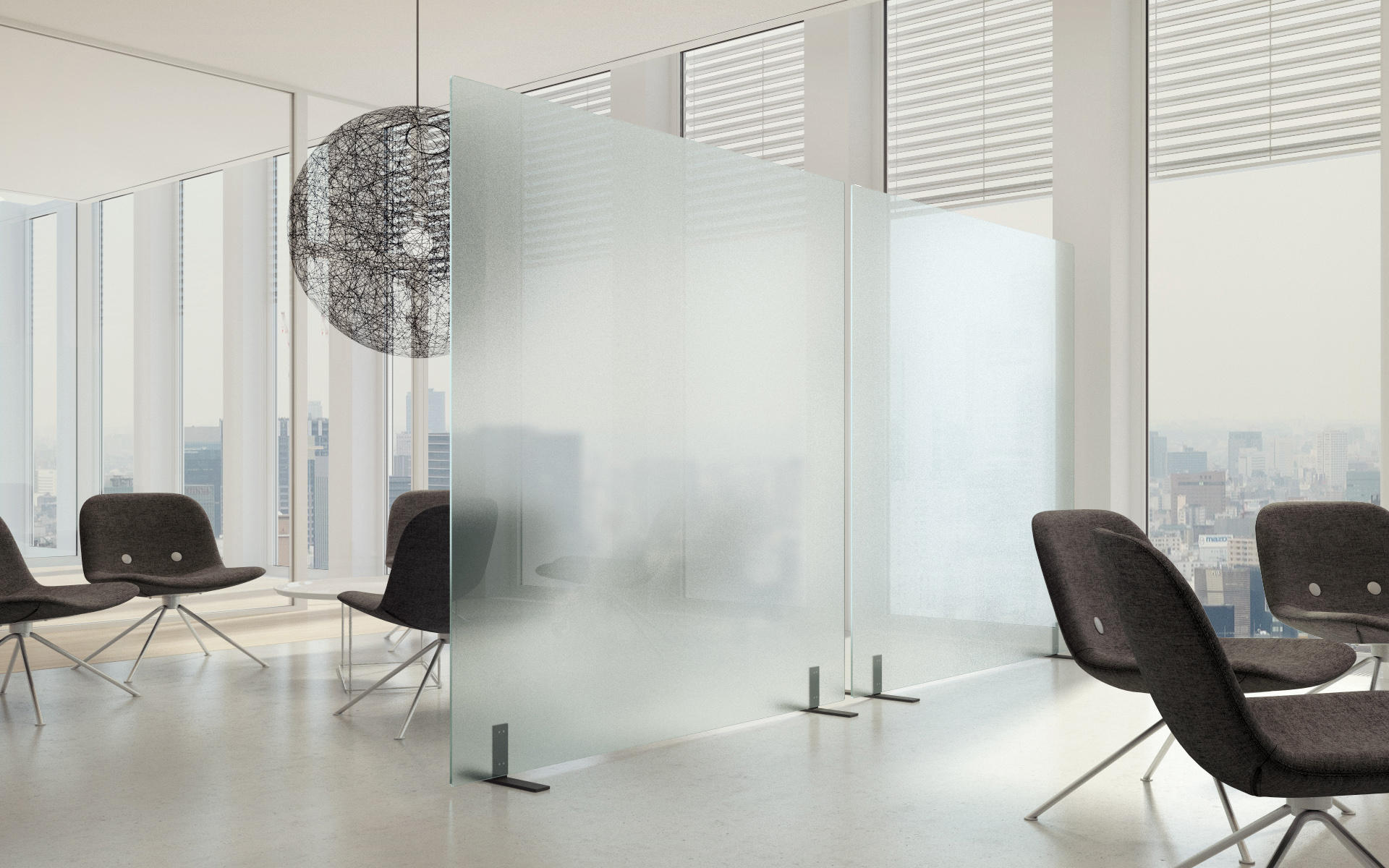

Interior Design Trends
What Is Acoustic Glass
Modified: March 25, 2024
Discover the latest interior design trend with acoustic glass, offering both functionality and style for modern spaces. Explore the benefits and applications of acoustic glass in interior design.
(Many of the links in this article redirect to a specific reviewed product. Your purchase of these products through affiliate links helps to generate commission for Storables.com, at no extra cost. Learn more)
Introduction
Acoustic glass, also known as soundproof glass or sound control glass, is a specialized type of glass designed to reduce noise transmission between different areas or environments. This innovative material has gained significant attention in the interior design and construction industries due to its remarkable ability to enhance acoustic comfort and privacy within spaces.
Acoustic glass is a crucial element in creating tranquil and serene environments, especially in urban settings where noise pollution is a prevalent issue. Its unique properties make it an ideal solution for spaces that require sound insulation without compromising natural light transmission and aesthetic appeal.
As the demand for peaceful and harmonious living and working spaces continues to rise, the significance of acoustic glass in architectural and interior design projects cannot be overstated. Its ability to mitigate external noise intrusion while maintaining visual transparency has made it a sought-after feature in various residential, commercial, and public settings.
In the following sections, we will delve deeper into the definition, functionality, benefits, and diverse applications of acoustic glass, shedding light on its pivotal role in shaping modern interior design and architectural landscapes.
Key Takeaways:
- Acoustic glass is like a superhero for buildings, keeping them quiet and peaceful by blocking out noisy traffic and construction sounds, while still letting in natural light for a bright and happy atmosphere.
- Acoustic glass is like a magical cloak for windows and doors, making spaces feel cozy and private by muffling conversations and other indoor sounds, all while looking elegant and stylish.
Read more: What Are Acoustic Panels
Definition of Acoustic Glass
Acoustic glass, often referred to as soundproof glass or sound control glass, is a specialized type of glass engineered to minimize the transmission of sound waves. It is meticulously crafted using advanced technology and materials to effectively reduce noise levels, creating quieter and more peaceful indoor environments. This innovative glass variant is designed to address the growing need for sound insulation in various architectural and interior design applications.
The construction of acoustic glass involves multiple layers of glass, typically with varying thicknesses, and an interlayer of polyvinyl butyral (PVB) or resin. This composition is instrumental in disrupting the transmission of sound waves, thereby diminishing the impact of external noise on the interior space. The layers of glass are bonded together with the interlayer, forming a robust and resilient composite that effectively dampens sound vibrations.
One of the distinguishing features of acoustic glass is its ability to attenuate a broad spectrum of sound frequencies, including low-frequency noise commonly associated with traffic, construction, and industrial activities. This comprehensive sound reduction capability makes acoustic glass an invaluable asset in mitigating environmental noise pollution and enhancing acoustic comfort within buildings.
Furthermore, acoustic glass is designed to maintain exceptional optical clarity and transparency, allowing natural light to permeate indoor spaces without compromising its sound insulating properties. This balance between acoustic performance and visual openness makes acoustic glass an ideal choice for architectural elements such as windows, partitions, and doors, where both noise control and aesthetic appeal are paramount.
In summary, acoustic glass represents a significant advancement in the realm of architectural materials, offering a sophisticated solution for controlling noise transmission while preserving the visual connection between indoor and outdoor environments. Its innovative composition and performance characteristics make it an indispensable component in creating tranquil and acoustically optimized spaces across residential, commercial, and public settings.
How Acoustic Glass Works
Acoustic glass operates on the principle of sound attenuation, leveraging its specialized construction to impede the transmission of sound waves through a multi-layered composition. The fundamental mechanism underlying the functionality of acoustic glass involves the absorption, reflection, and dissipation of sound energy, ultimately resulting in a significant reduction of noise infiltration into interior spaces.
The multi-layered structure of acoustic glass plays a pivotal role in its sound insulating capabilities. Typically, it consists of two or more panes of glass separated by an interlayer of polyvinyl butyral (PVB) or resin. This design is engineered to disrupt the propagation of sound waves, effectively impeding their transmission from one side of the glass to the other. The interlayer serves as a damping element, absorbing and dissipating sound energy as it travels through the glass, thereby reducing the intensity of noise that penetrates the interior environment.
Moreover, the varying thickness of the glass layers contributes to the comprehensive sound attenuation provided by acoustic glass. By incorporating glass panes of different thicknesses, the material can effectively impede a broad spectrum of sound frequencies, including low-frequency noise that is notoriously challenging to mitigate. This feature enables acoustic glass to address diverse noise sources, ranging from traffic and urban commotion to industrial and construction-related disturbances, making it a versatile solution for sound control in various settings.
In addition to its multi-layered construction, the transparency and optical clarity of acoustic glass are essential to its functionality. Despite its sound insulating properties, acoustic glass maintains exceptional visual transparency, allowing natural light to permeate indoor spaces without hindrance. This characteristic is particularly valuable in architectural applications, where the preservation of visual connections and access to natural light are essential. By seamlessly integrating sound control with transparency, acoustic glass ensures that interior spaces remain bright and inviting while benefiting from reduced noise intrusion.
In essence, the functionality of acoustic glass is rooted in its ability to disrupt, absorb, and disperse sound energy, thereby creating quieter and more comfortable indoor environments. Its innovative design and performance characteristics make it an indispensable asset in architectural and interior design, offering a sophisticated solution for controlling noise transmission while maintaining visual openness and aesthetic appeal.
Benefits of Acoustic Glass
Acoustic glass offers a myriad of compelling benefits that significantly enhance the quality of indoor environments and contribute to a superior architectural and interior design experience. From noise reduction to aesthetic appeal, the advantages of incorporating acoustic glass into residential, commercial, and public spaces are multifaceted and impactful.
1. Superior Sound Insulation
One of the primary benefits of acoustic glass is its exceptional sound insulating properties. By effectively reducing the transmission of external noise, it creates quieter and more peaceful indoor environments. This is particularly valuable in urban settings, where noise pollution can be a pervasive issue. Acoustic glass mitigates the impact of traffic, construction, and other environmental noise, fostering a serene and comfortable atmosphere within buildings.
Read more: What Is An Acoustical Ceiling
2. Enhanced Acoustic Comfort
The implementation of acoustic glass contributes to an overall improvement in acoustic comfort within interior spaces. By minimizing noise intrusion, it facilitates a more conducive environment for concentration, relaxation, and social interaction. This is particularly advantageous in spaces such as offices, educational institutions, healthcare facilities, and residential dwellings, where optimal acoustic conditions are essential for productivity, learning, healing, and overall well-being.
3. Preservation of Natural Light
Acoustic glass strikes a harmonious balance between sound control and natural light transmission. Its transparent and optically clear properties allow abundant natural light to permeate indoor spaces, creating bright and inviting environments. This not only enhances the visual appeal of interiors but also contributes to energy efficiency by reducing the reliance on artificial lighting during daylight hours.
4. Aesthetic Versatility
In addition to its functional benefits, acoustic glass offers aesthetic versatility, allowing architects and designers to integrate sound control seamlessly into their creative visions. Whether used for windows, partitions, doors, or architectural features, acoustic glass maintains visual transparency and elegance, complementing diverse design styles and enhancing the overall aesthetic appeal of interior spaces.
5. Privacy Enhancement
Beyond its sound insulating capabilities, acoustic glass also contributes to privacy enhancement. It effectively reduces the transmission of conversations and other internal sounds, creating a sense of confidentiality and seclusion within enclosed areas. This is particularly valuable in office settings, conference rooms, and residential spaces where privacy is a priority without compromising the visual connection between spaces.
Read more: What Fabric Is Suitable For Acoustic Panels
6. Long-Term Value
The durability and longevity of acoustic glass contribute to its long-term value. Its robust construction and resistance to sound transmission degradation ensure that the benefits of sound control persist over time, providing enduring comfort and tranquility within buildings. This longevity translates to a sustainable investment in creating acoustically optimized spaces that stand the test of time.
In summary, the benefits of acoustic glass encompass a comprehensive range of advantages, encompassing sound insulation, acoustic comfort, natural light preservation, aesthetic versatility, privacy enhancement, and long-term value. Its multifaceted contributions to interior design and architectural excellence make it an indispensable asset in creating harmonious, tranquil, and visually captivating indoor environments.
Applications of Acoustic Glass
Acoustic glass finds diverse and impactful applications across a wide spectrum of architectural and interior design contexts, where its unique combination of sound control, visual transparency, and aesthetic appeal delivers significant value. From residential dwellings to commercial establishments and public facilities, the versatility of acoustic glass enables its integration into various elements of the built environment, enriching spaces with enhanced acoustic comfort and tranquil ambiance.
1. Residential Settings
In residential applications, acoustic glass serves as a transformative element, elevating the living experience by creating serene and peaceful interiors. Its installation in windows and doors effectively reduces external noise intrusion, fostering a quiet and comfortable environment for residents. Whether in urban apartments, suburban homes, or luxury residences, acoustic glass contributes to a restful living environment, allowing occupants to escape the hustle and bustle of the outside world without sacrificing natural light or scenic views.
2. Commercial Spaces
The integration of acoustic glass in commercial settings, such as office buildings, conference rooms, and hospitality venues, is instrumental in enhancing productivity, concentration, and overall occupant well-being. By minimizing disruptive noise from surrounding urban activities, traffic, or adjacent spaces, acoustic glass creates an optimal acoustic environment conducive to focused work, effective communication, and client interactions. Additionally, its ability to maintain visual connectivity while reducing sound transmission makes it an ideal choice for creating open, inviting, and acoustically comfortable workspaces.
Read more: How To Build Acoustic Panels
3. Educational Institutions
In educational environments, acoustic glass plays a vital role in supporting effective learning and teaching experiences. By mitigating external noise disturbances, such as traffic or outdoor activities, it creates a conducive atmosphere for concentration and knowledge dissemination. Furthermore, its transparent nature allows natural light to permeate classrooms and study areas, fostering a bright and inspiring learning environment while ensuring optimal acoustic conditions for educational activities.
4. Healthcare Facilities
Acoustic glass contributes to the healing environment in healthcare facilities by minimizing noise disruptions and creating a tranquil setting for patients, staff, and visitors. Its installation in hospitals, clinics, and wellness centers helps reduce stress and promote restful recovery, contributing to a soothing and supportive atmosphere for healing and well-being. The preservation of natural light through acoustic glass further enhances the therapeutic environment, promoting a sense of comfort and optimism for occupants.
5. Cultural and Public Spaces
In cultural and public settings, such as museums, libraries, and event venues, acoustic glass plays a pivotal role in creating immersive and engaging experiences. By controlling external noise and maintaining visual transparency, it ensures that visitors can appreciate exhibits, engage in learning activities, or participate in events without distraction. The integration of acoustic glass in these spaces contributes to a harmonious blend of acoustic comfort, aesthetic appeal, and functional versatility, enriching the overall visitor experience.
6. Architectural Features
Beyond traditional applications, acoustic glass is also utilized in architectural features such as atriums, skylights, and interior partitions, where its sound control properties are seamlessly integrated into the design. These architectural elements benefit from the acoustic comfort provided by the glass while enhancing the visual connectivity and spatial dynamics of the built environment. The use of acoustic glass in such features underscores its adaptability and capacity to elevate architectural aesthetics while addressing acoustic challenges.
In summary, the applications of acoustic glass span a broad spectrum of residential, commercial, institutional, and public settings, as well as architectural features, where its ability to create tranquil, visually open, and acoustically optimized environments makes it an indispensable component of modern interior design and architectural excellence.
Read also: 9 Best Foam Acoustic Panels For 2024
Conclusion
In conclusion, acoustic glass stands as a testament to the remarkable synergy between advanced material science and the pursuit of enhanced living and working environments. Its innovative composition, which combines multi-layered glass with sound-dampening interlayers, empowers architects, designers, and building occupants with a transformative solution for controlling noise transmission while preserving visual transparency and aesthetic elegance.
The pervasive impact of acoustic glass extends across diverse realms of human experience, from the tranquility it brings to residential sanctuaries in bustling urban landscapes to the conducive acoustic environments it fosters within educational institutions and healthcare facilities. Its ability to mitigate external noise intrusion, enhance acoustic comfort, and preserve natural light transmission makes it an indispensable asset in shaping modern interior design and architectural landscapes.
Furthermore, the versatility of acoustic glass is exemplified through its seamless integration into architectural features, such as skylights, atriums, and interior partitions, where its sound control properties enrich spatial dynamics and visual connectivity. This adaptability underscores its capacity to elevate architectural aesthetics while addressing acoustic challenges, reinforcing its status as a pivotal element in the creation of harmonious and acoustically optimized built environments.
As the demand for tranquil, visually open, and acoustically comfortable spaces continues to drive architectural and interior design trends, the significance of acoustic glass in shaping the future of built environments cannot be overstated. Its enduring value, derived from its sound insulating capabilities, aesthetic versatility, and long-term performance, positions it as a sustainable investment in creating environments that prioritize acoustic well-being and visual harmony.
In essence, acoustic glass transcends its functional role as a sound control material to become a catalyst for redefining the way we experience and interact with the spaces around us. Its ability to harmonize acoustic comfort with visual openness, privacy, and aesthetic appeal exemplifies a paradigm shift in architectural and interior design, where the pursuit of holistic well-being and sensory delight converges with technological innovation.
In the ever-evolving tapestry of architectural and interior design, acoustic glass emerges as a beacon of innovation, offering a symphony of benefits that resonate with the fundamental human desire for tranquility, connection, and beauty within the spaces we inhabit. Its enduring legacy lies in its capacity to enrich the human experience, one harmonious environment at a time.
Frequently Asked Questions about What Is Acoustic Glass
Was this page helpful?
At Storables.com, we guarantee accurate and reliable information. Our content, validated by Expert Board Contributors, is crafted following stringent Editorial Policies. We're committed to providing you with well-researched, expert-backed insights for all your informational needs.


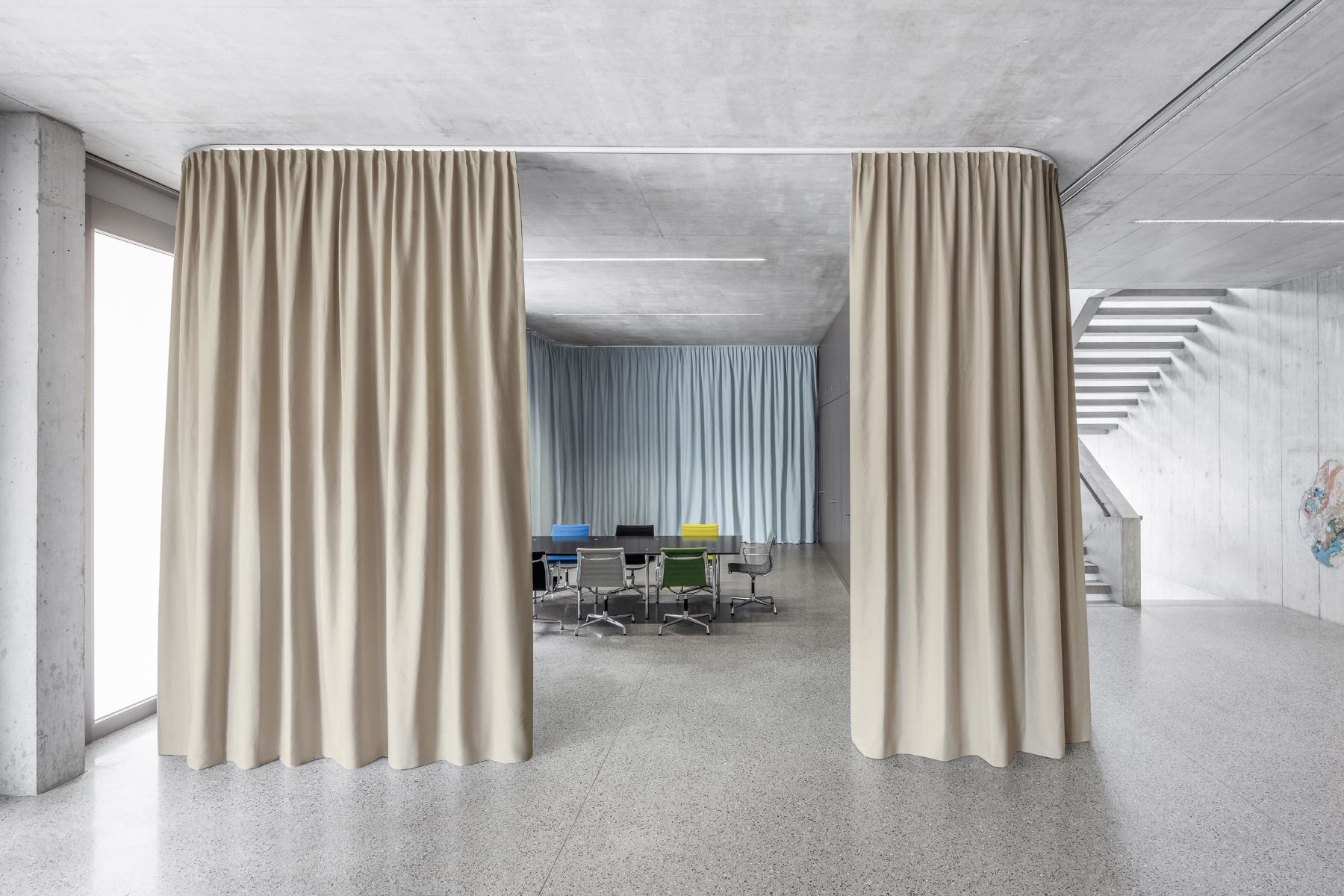
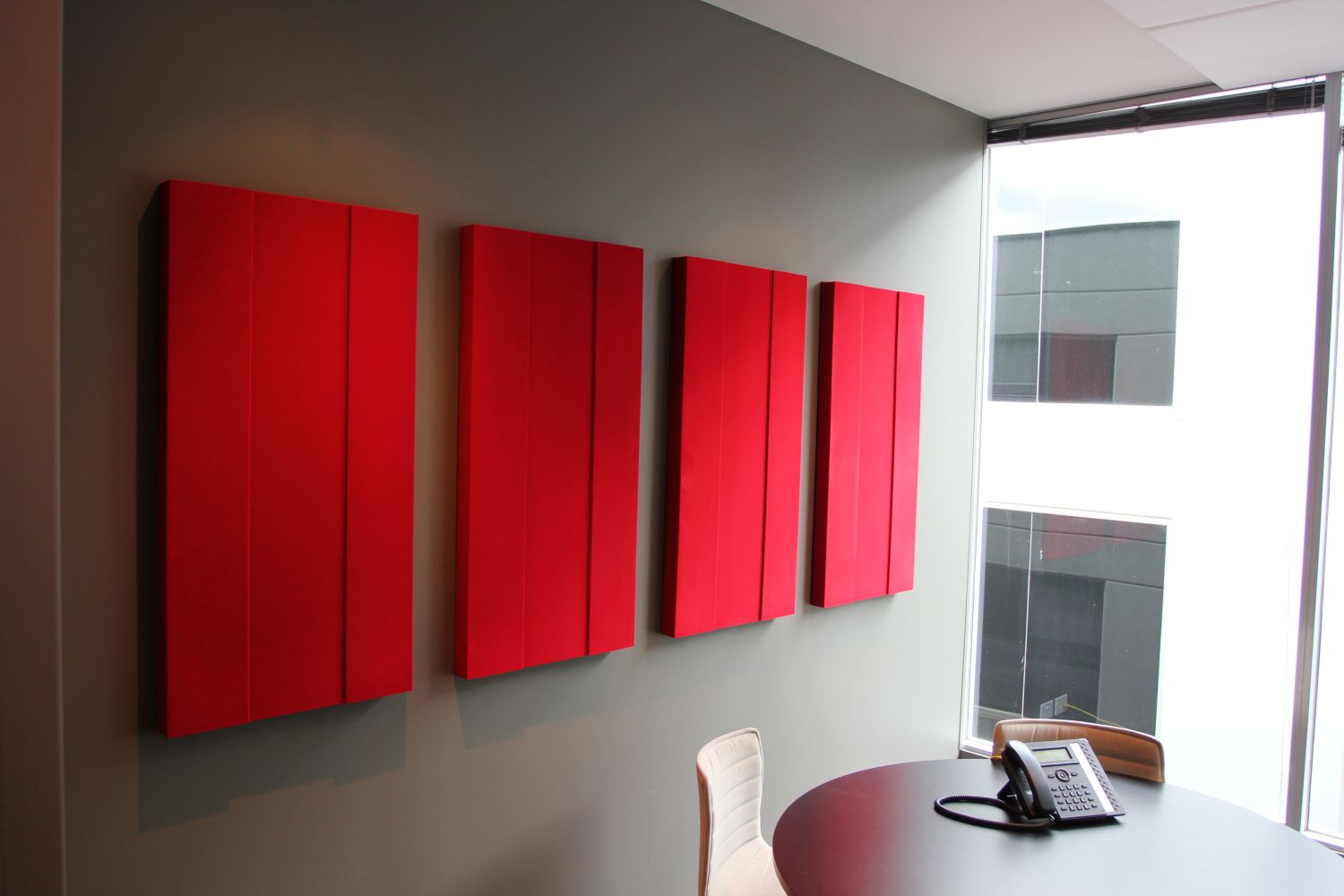
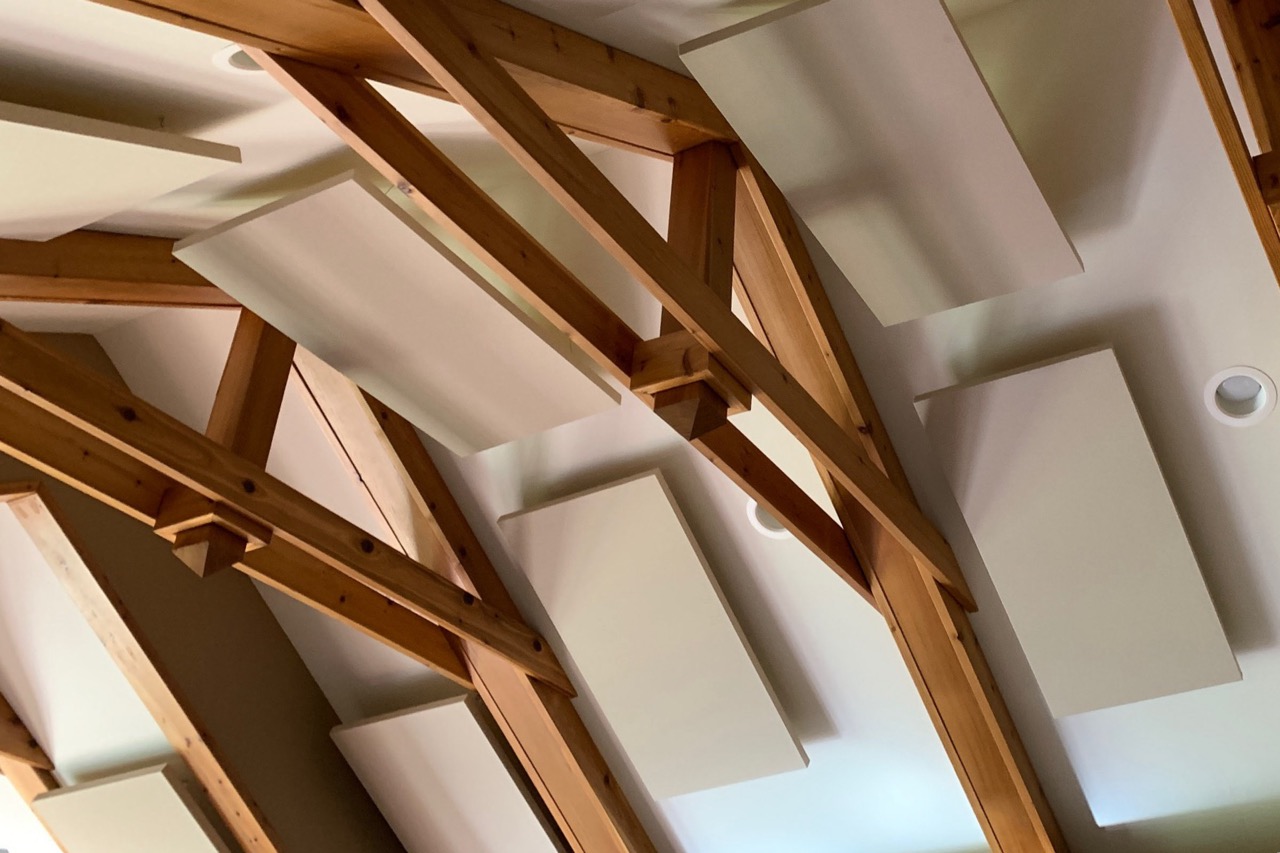

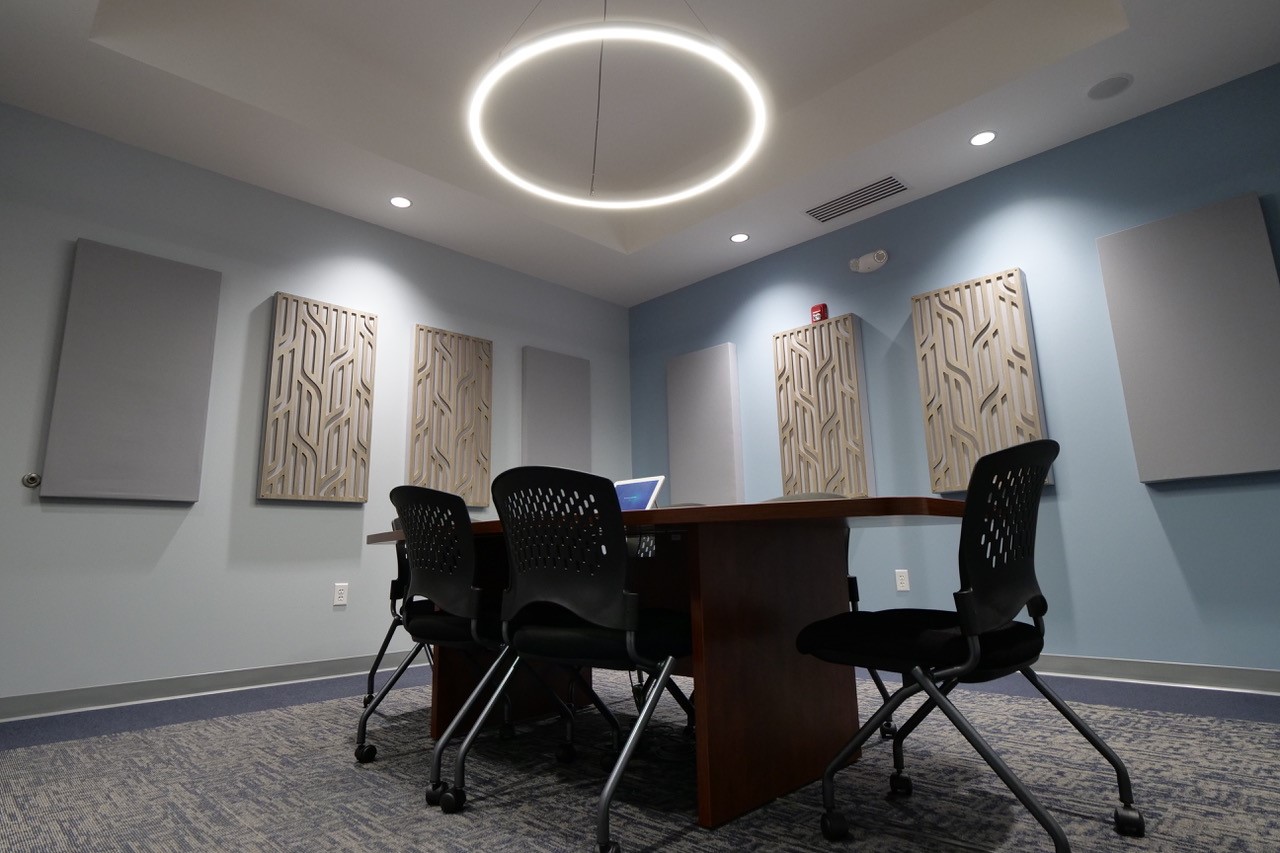
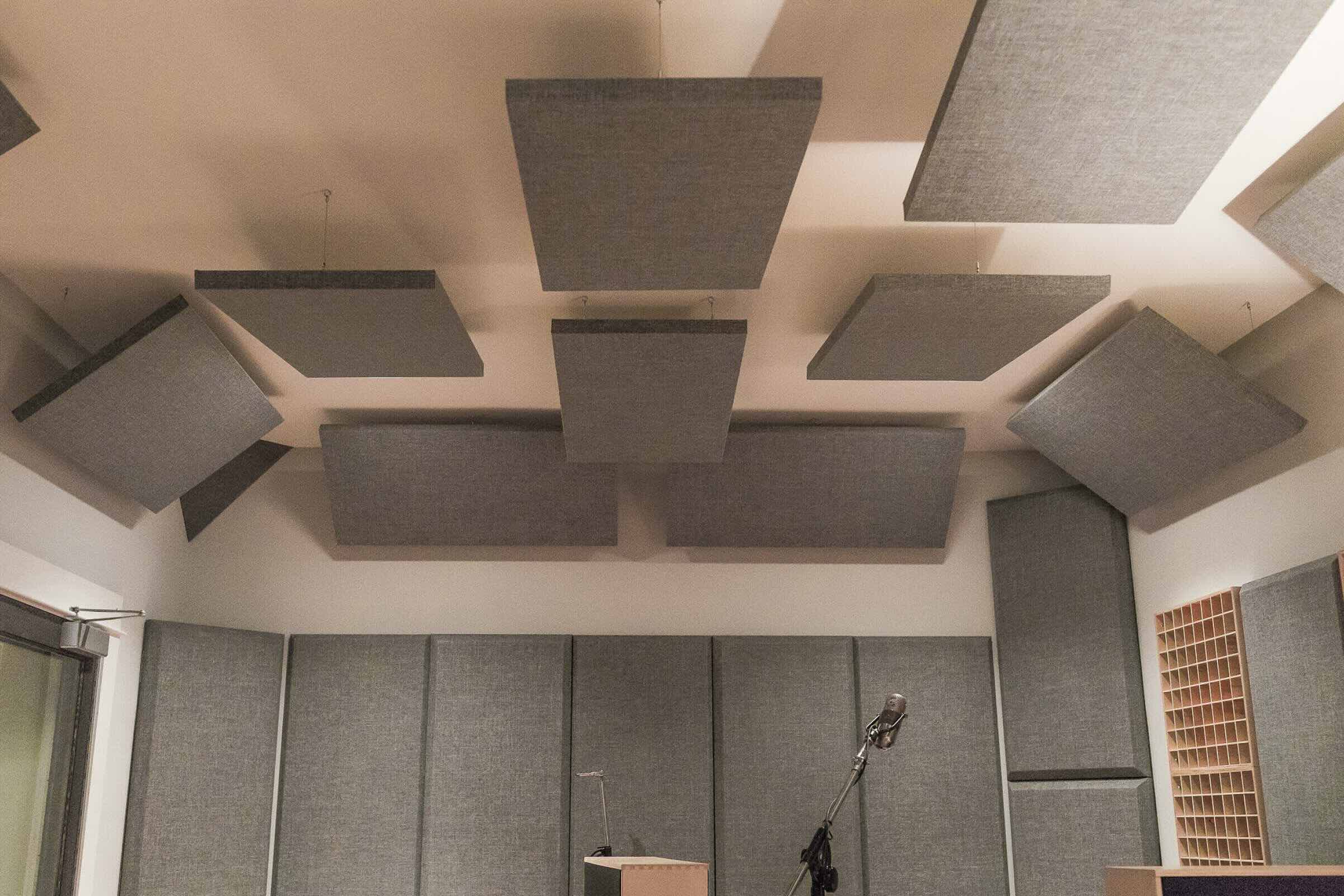
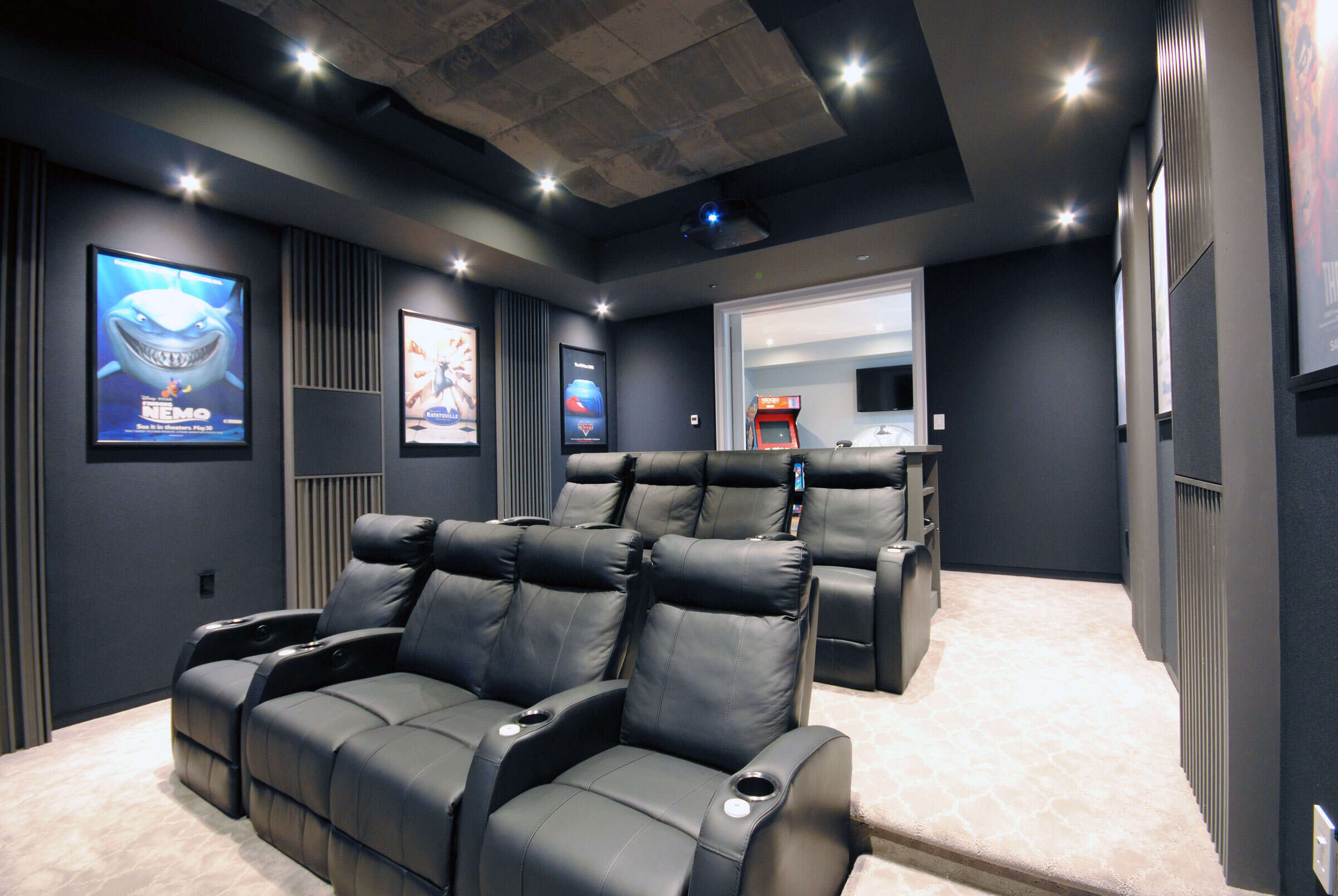
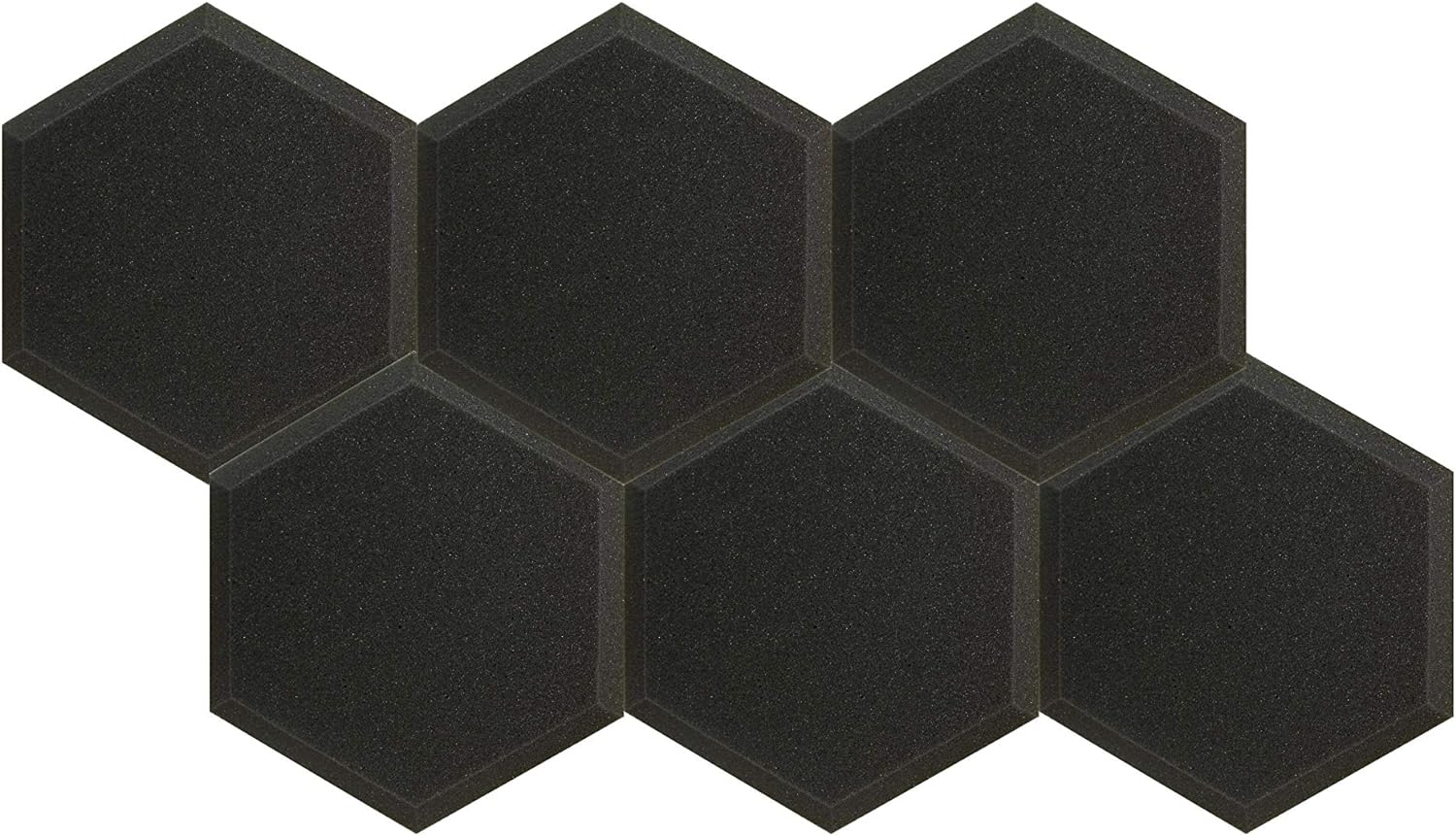
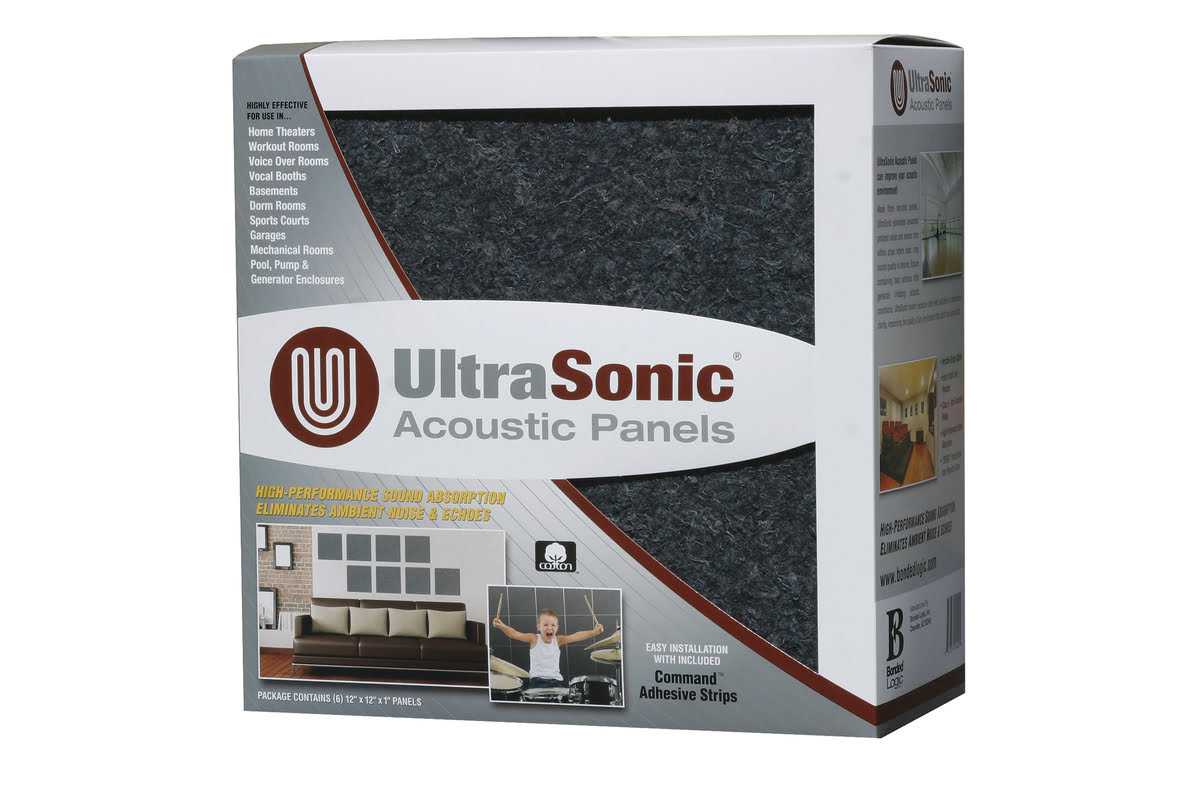

0 thoughts on “What Is Acoustic Glass”